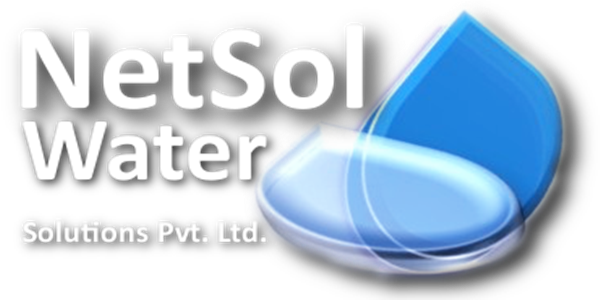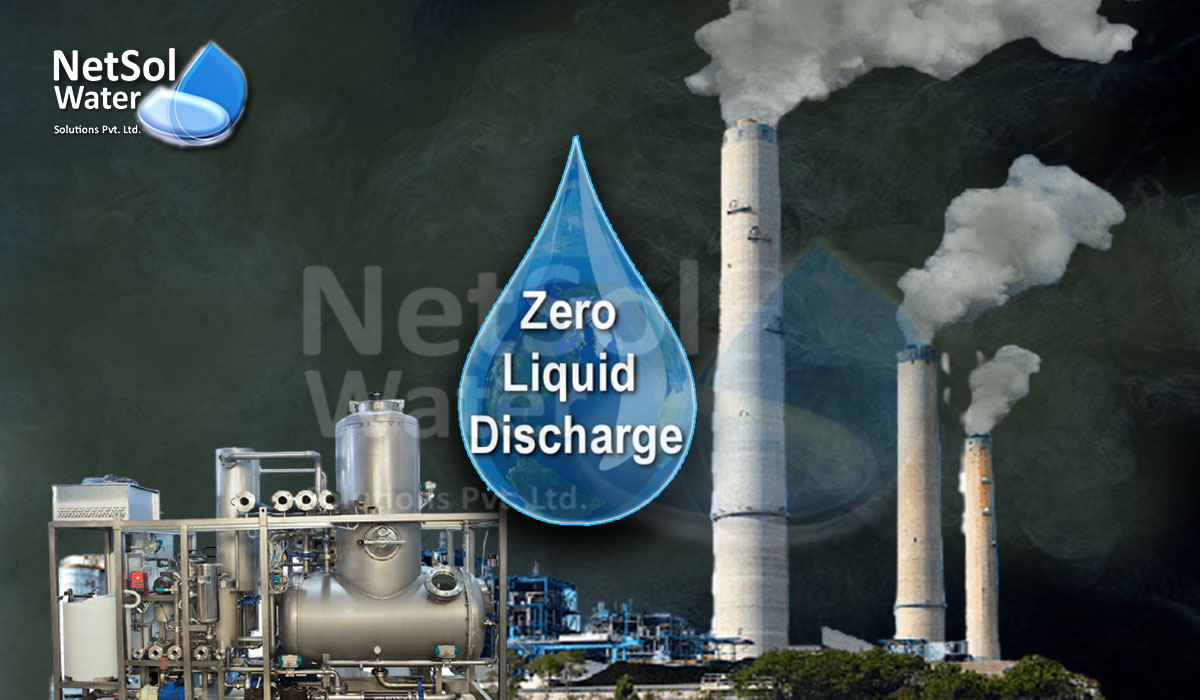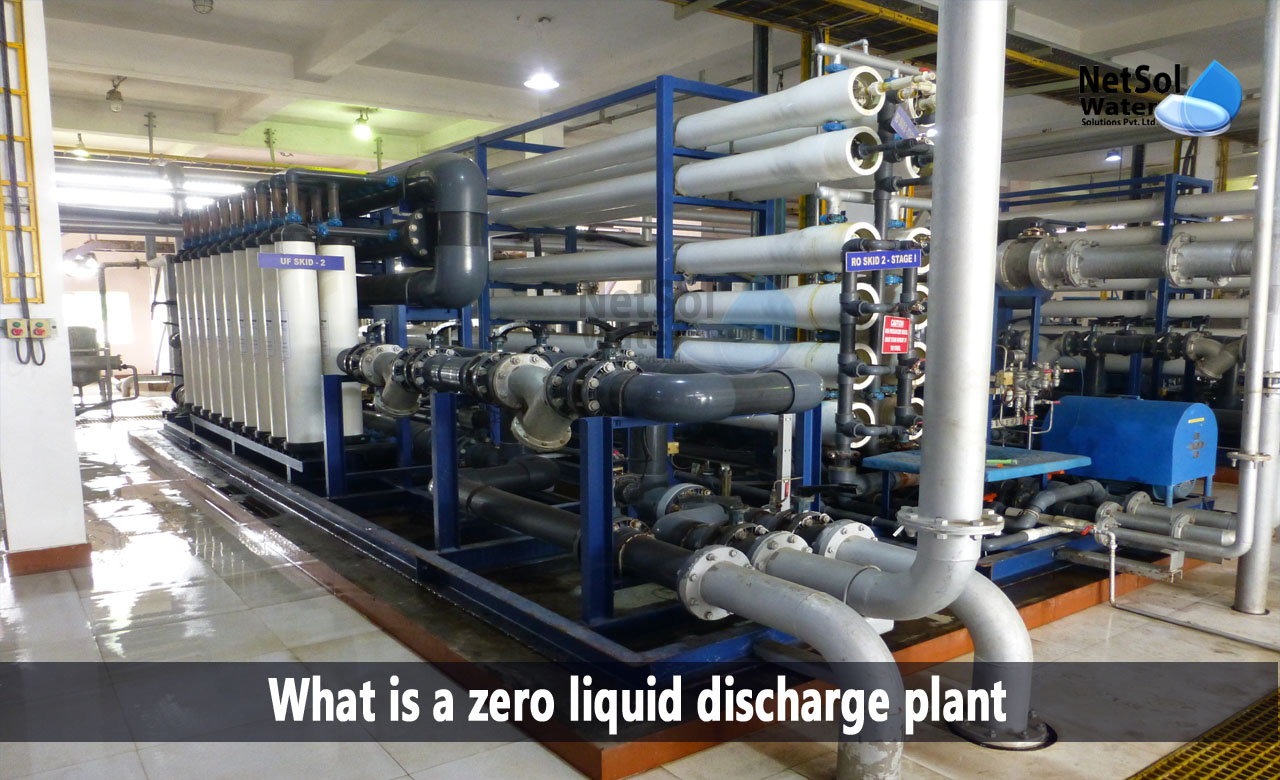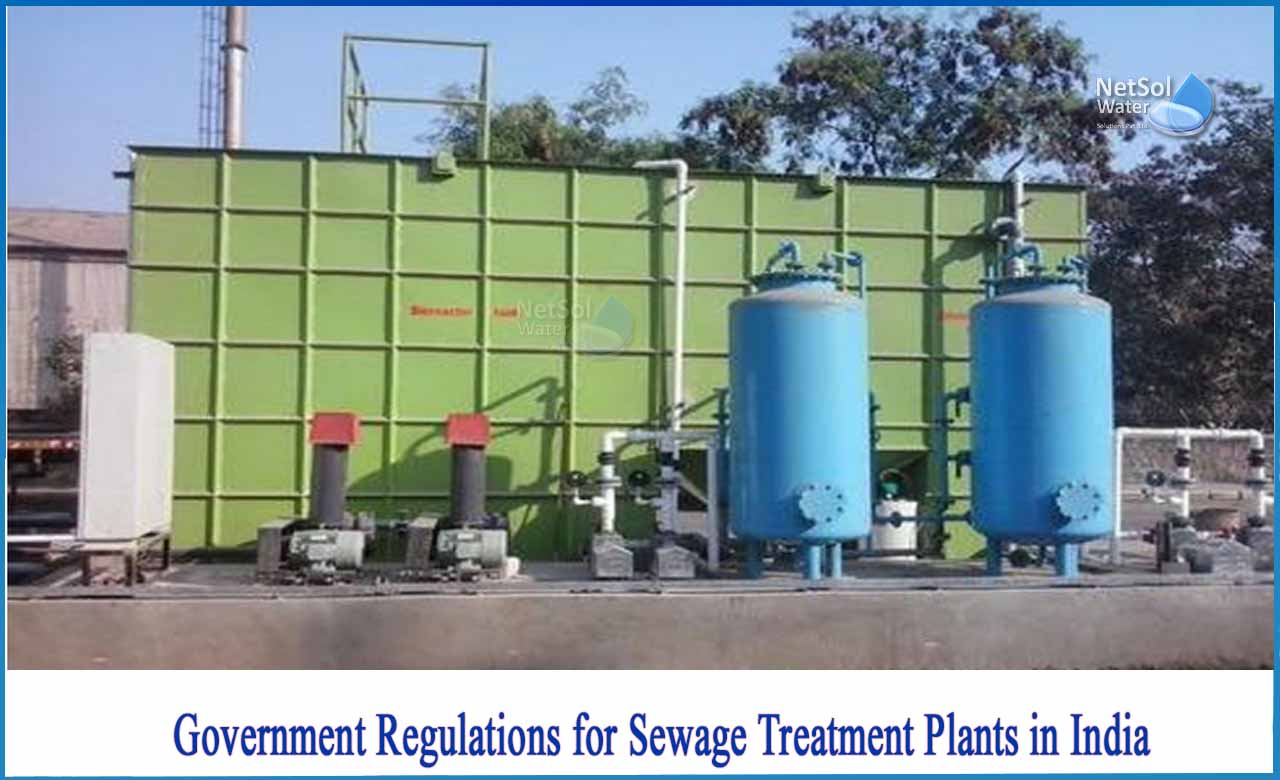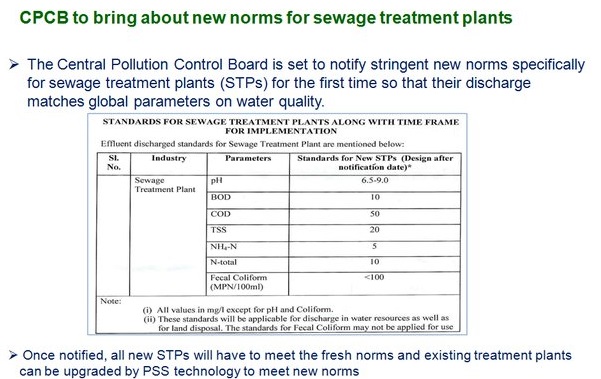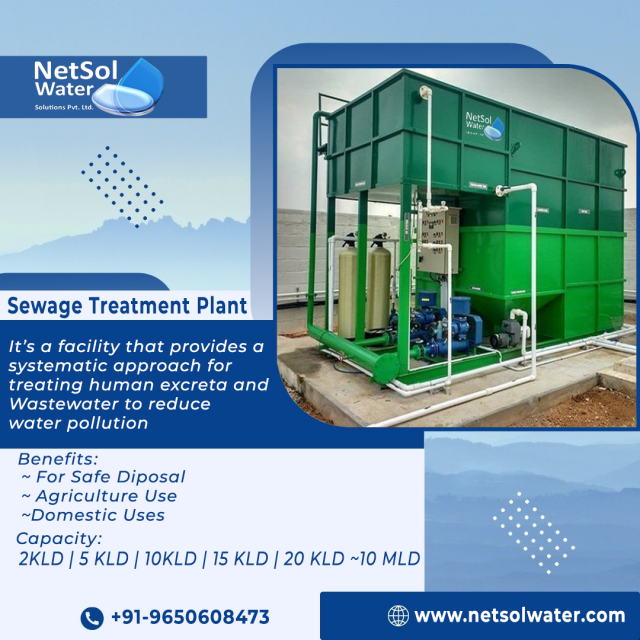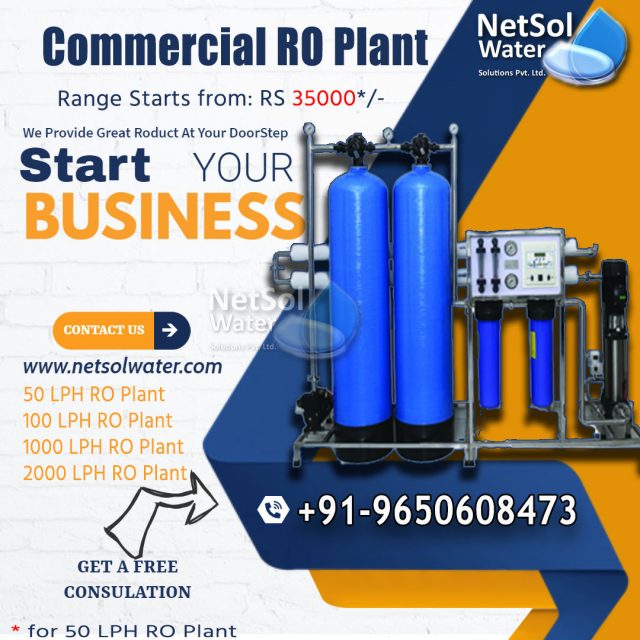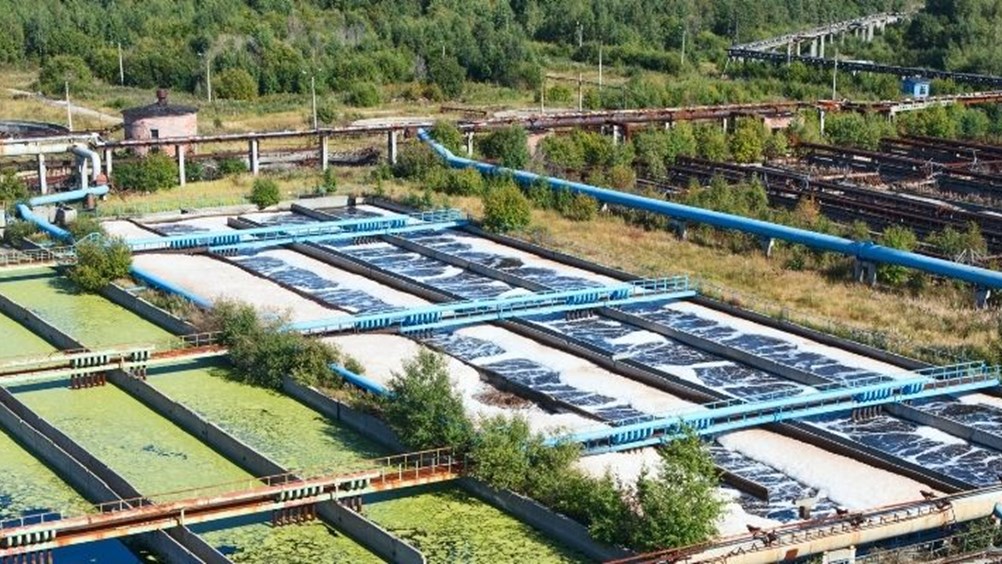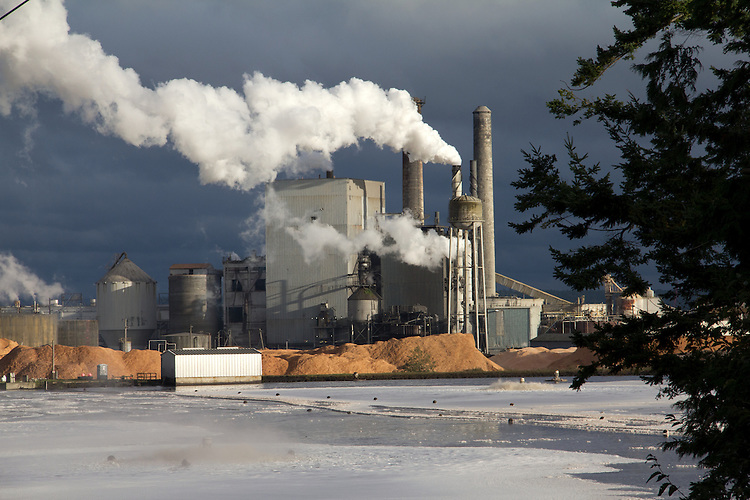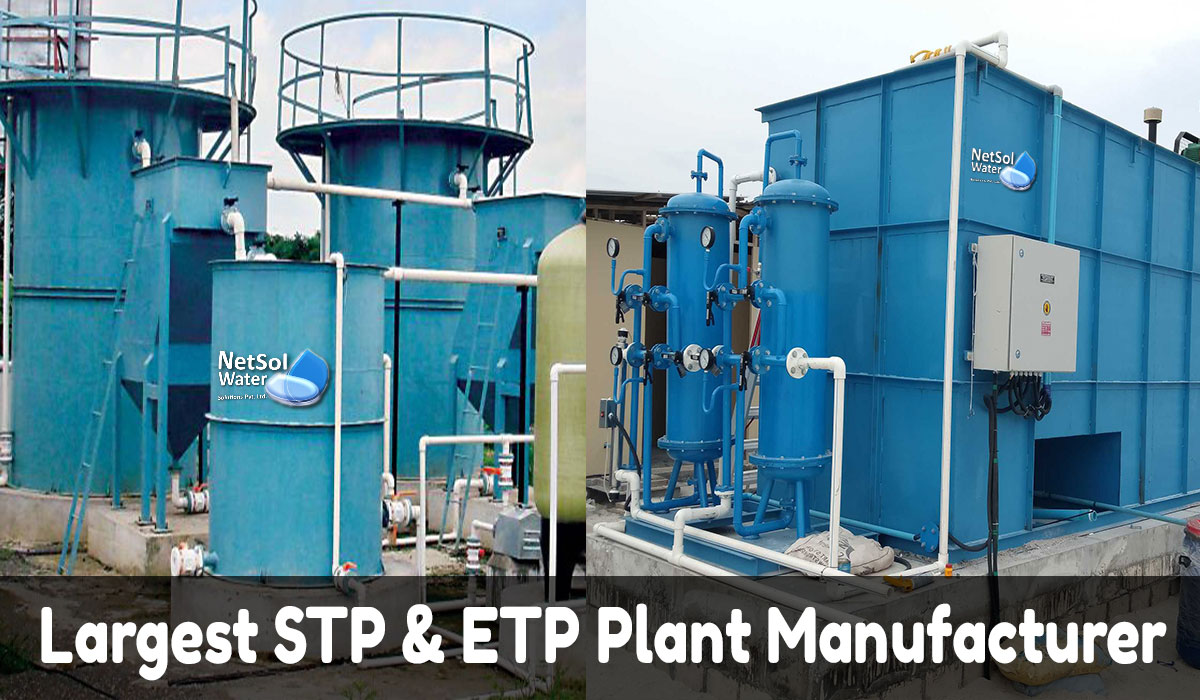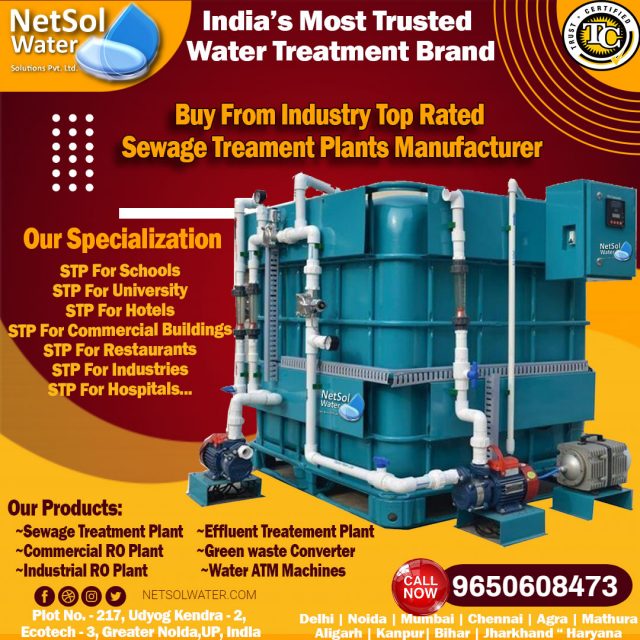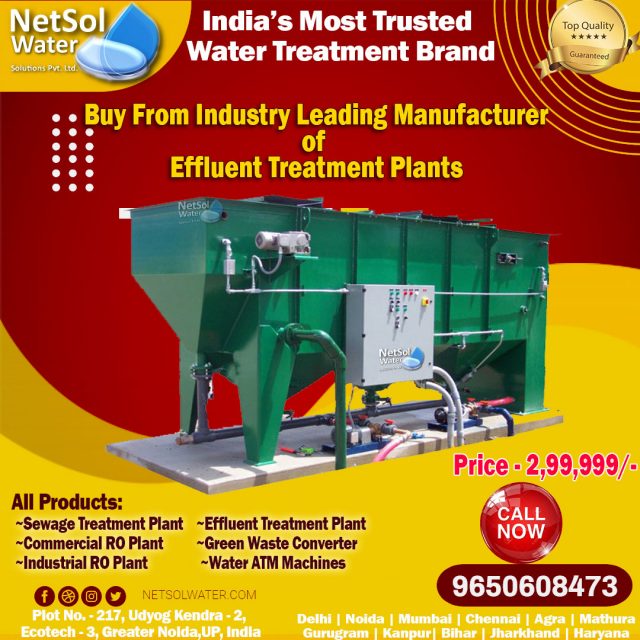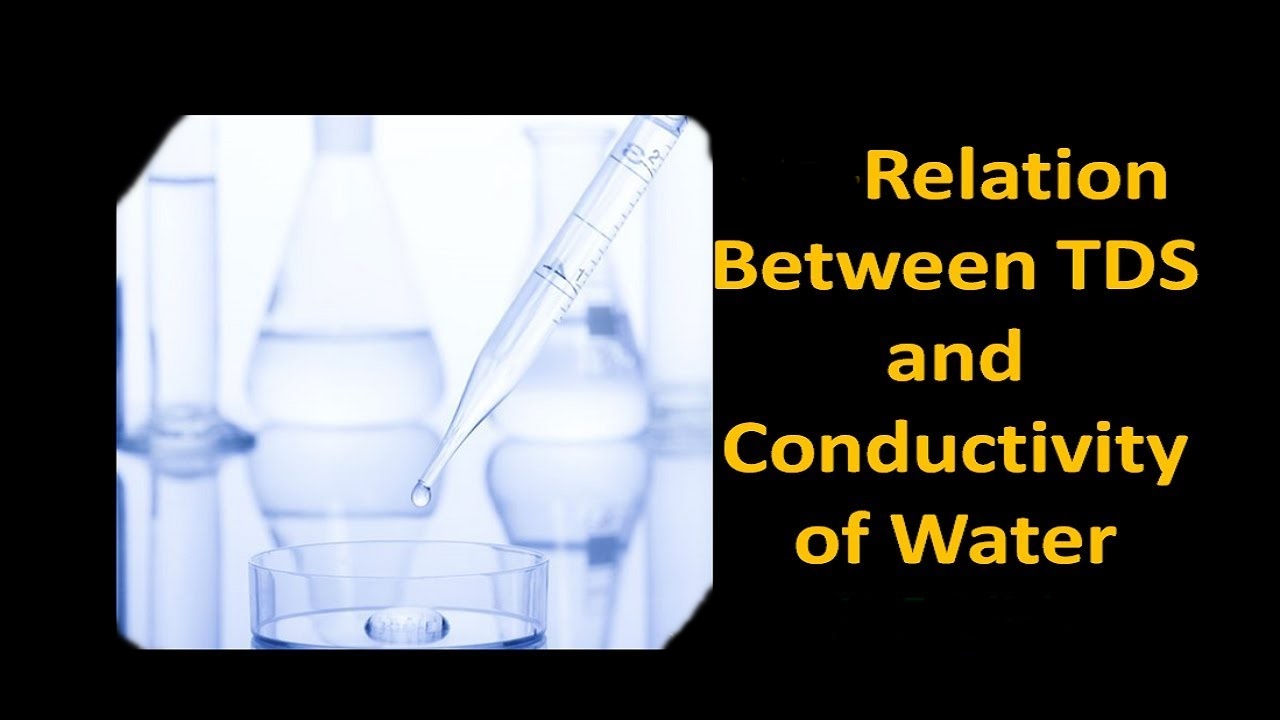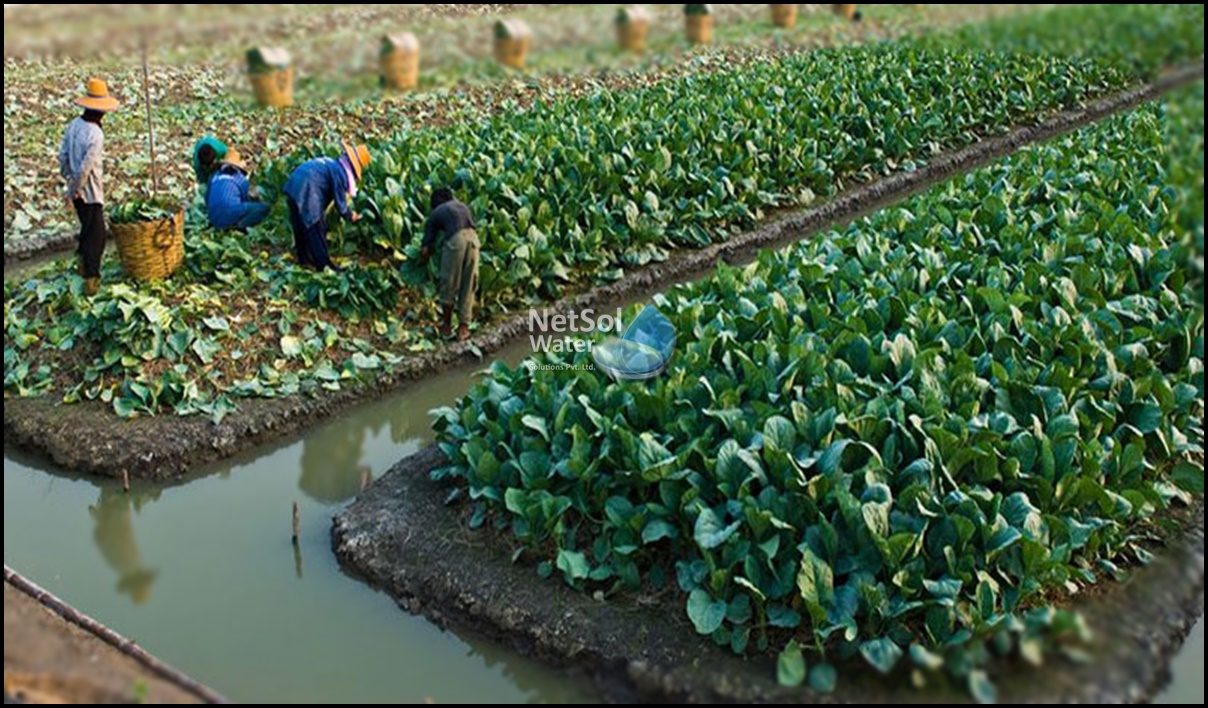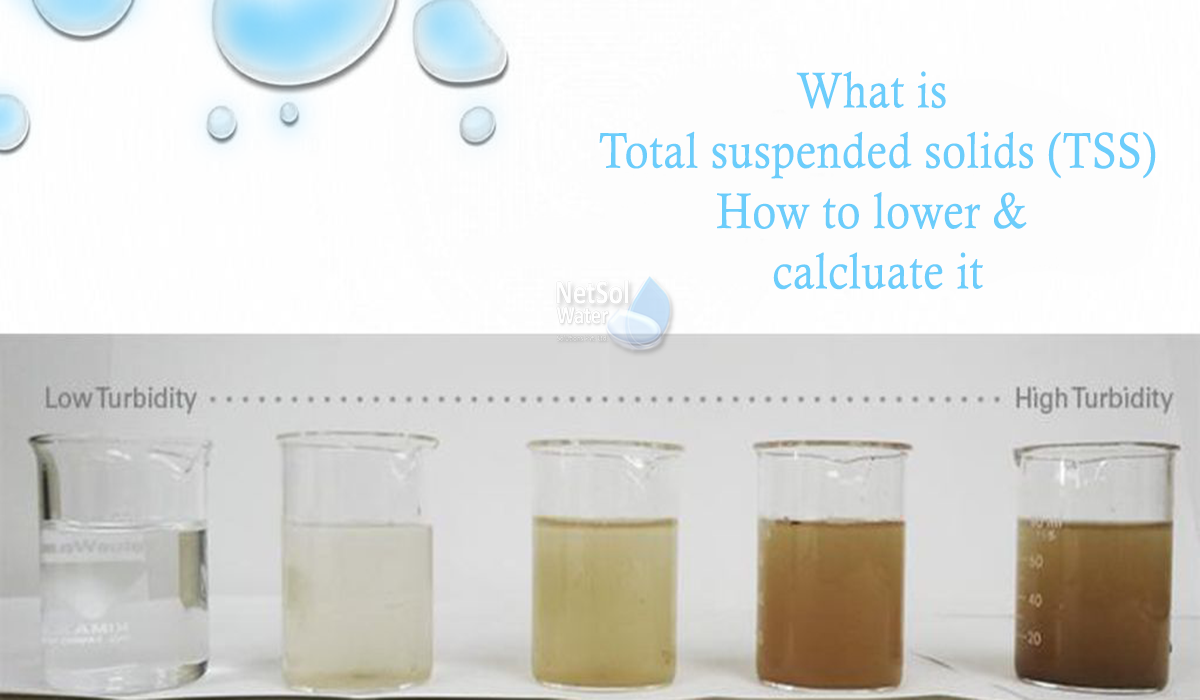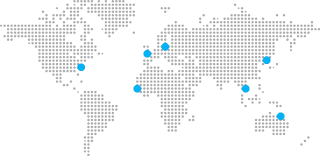In recent years, the growing concern for environmental sustainability and water conservation has prompted various industries to seek innovative solutions for wastewater management. One such solution gaining popularity is the Zero Liquid Discharge (ZLD) plant. This article aims to explore the importance of ZLD plants for industries, their benefits, and the reasons why they are becoming a necessity in the modern world.
What is ZLD?
Zero Liquid Discharge, as the name suggests, is an innovative wastewater treatment process that eliminates the discharge of liquid effluents from industries. Unlike conventional wastewater treatment, which discharges partially treated water into water bodies, ZLD plants aim to recover almost 100% of the wastewater for reuse or safe disposal. This process results in minimal water wastage, thereby ensuring a sustainable and environmentally friendly approach to industrial water management.
How does a ZLD plant work?
A ZLD plant employs a combination of physical, chemical, and biological treatment processes to achieve comprehensive wastewater purification. The initial stages involve pretreatment to remove large solids and contaminants. The treated water then undergoes advanced treatment methods like reverse osmosis, evaporation, and crystallization, which effectively concentrate the remaining dissolved solids. The final step involves treating the concentrated brine, resulting in pure water suitable for reuse or responsible disposal.
Read: What is Zero Liquid Discharge (ZLD) Technology of Wastewater Treatment and its working?
The Need for Zero Liquid Discharge Plants
- Escalating water scarcity
As global water scarcity intensifies, industries face increasing pressure to reduce their water consumption and limit pollution. ZLD plants offer an effective solution by recycling and reusing wastewater, minimizing the strain on freshwater sources. - Stricter environmental regulations Governments worldwide are tightening regulations to protect water bodies from industrial pollution. ZLD plants help industries comply with these stringent regulations and prevent legal complications.
- Mitigating industrial pollution
Industrial effluents often contain harmful pollutants that can adversely impact the environment and public health. ZLD plants ensure that no untreated wastewater is discharged, preventing contamination of natural water sources. - Reusable resources and cost-effectiveness
By treating and reusing wastewater, industries can reduce their reliance on freshwater sources. This not only contributes to sustainable water management but also leads to long-term cost savings on water supply and wastewater disposal.
Advantages of Zero Liquid Discharge Plants
- Reduced water consumption
ZLD plants significantly decrease water usage by recycling treated wastewater, promoting a circular economy approach. - Minimized environmental impact
By preventing the discharge of untreated or partially treated effluents, ZLD plants help protect aquatic ecosystems and preserve biodiversity. - Enhanced resource recovery
ZLD plants enable the recovery of valuable by-products, such as salts and minerals, from concentrated brine, turning waste into a resource. - Compliance with regulations
Industries that implement ZLD systems can ensure compliance with environmental regulations, avoiding penalties and reputational damage. - Long-term cost savings
While the initial setup costs of ZLD plants may be high, the long-term savings in water consumption and waste disposal expenses make them financially viable investments.
Implementing a Zero Liquid Discharge Plant
- Assessment and feasibility study
Before setting up a ZLD plant, industries must conduct a comprehensive assessment of their water consumption, wastewater characteristics, and potential cost savings. - Process selection
Based on the assessment, industries can choose the most suitable ZLD process that aligns with their specific needs and effluent composition. - Technology considerations
Investing in advanced technologies and equipment is crucial for the successful implementation and efficient operation of a ZLD plant.
Industries Benefiting from Zero Liquid Discharge Plants
- Textile industry
The textile sector is a significant water consumer and generates considerable wastewater. ZLD plants can help textile manufacturers reduce their environmental footprint and ensure sustainable production practices. - Chemical manufacturing
Chemical industries often produce hazardous effluents that require careful treatment. ZLD plants provide a safe and eco-friendly solution for managing chemical waste. - Pharmaceutical sector
Pharmaceutical companies produce complex wastewater streams containing various contaminants. ZLD plants can effectively purify these wastewaters, safeguarding both public health and the environment. - Power generation
Power plants consume vast amounts of water for cooling purposes. Adopting ZLD can help power generation facilities conserve water and adhere to environmental standards.
Overcoming Challenges in Zero Liquid Discharge Implementation
- High capital investment
One of the primary challenges in adopting ZLD is the initial capital investment required for setting up advanced treatment facilities. However, the long-term benefits outweigh this cost. - Energy consumption
ZLD plants consume energy, mainly during the evaporation and crystallization processes. Industries should explore renewable energy options to mitigate this impact. - Concentrate management
The disposal or reuse of concentrated brine, known as “concentrate,” can pose logistical and environmental challenges that require careful consideration. - Regulatory compliance
Adhering to evolving environmental regulations demands continuous monitoring and adaptation to ensure the ZLD plant’s compliance.
Future Trends in Zero Liquid Discharge Technology
- Advancements in membrane technology
Continuous research and development are leading to more efficient and cost-effective membrane technologies for ZLD plants. - Integration of renewable energy sources
Industries are exploring the integration of renewable energy sources, such as solar and wind, to power ZLD plants and reduce their carbon footprint. - Water footprint accounting
Water footprint analysis will become an essential tool for industries to measure their water usage, identify inefficiencies, and optimize water management strategies.
Conclusion
The adoption of Zero Liquid Discharge (ZLD) plants by industries is no longer just a sustainability initiative; it has become a necessity to combat water scarcity, protect the environment, and comply with stringent regulations. ZLD plants offer numerous benefits, including reduced water consumption, minimized environmental impact, resource recovery, and long-term cost savings. Although implementing ZLD may present some challenges, continuous technological advancements and growing awareness of water conservation will drive its widespread adoption across various industries. Connect Netsol Water the best and leading ZLD plant manufacturer in India, Call: +91-9650608473.
FAQs-
- Is Zero Liquid Discharge mandatory for all industries?
While ZLD is not mandatory for all industries, its adoption is highly encouraged, especially for water-intensive sectors and those producing hazardous wastewater. - Are ZLD plants suitable for small-scale industries?
Yes, ZLD plants can be customized to suit the needs of small-scale industries, ensuring they too can benefit from sustainable wastewater management. - Can ZLD plants operate in remote areas with limited resources?
Yes, ZLD plants can be designed to operate in remote areas, and the integration of renewable energy sources can further enhance their suitability for such locations. - Are there any government incentives for implementing ZLD?
Some governments offer financial incentives and tax benefits to industries that adopt ZLD technology as part of their environmental conservation efforts. - Can zero liquid discharge plant recover valuable resources from wastewater?
Yes, ZLD plants can recover valuable resources like salts and minerals from concentrated brine, promoting resource circularity and reducing waste.
